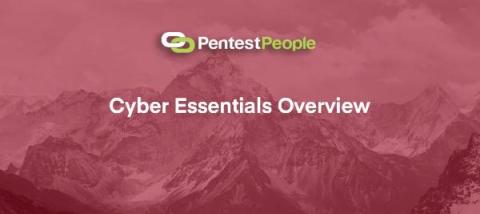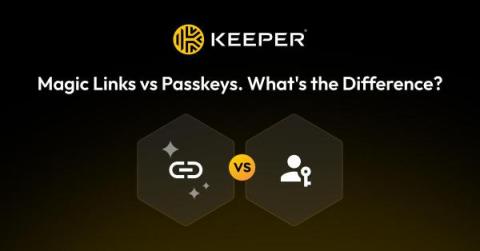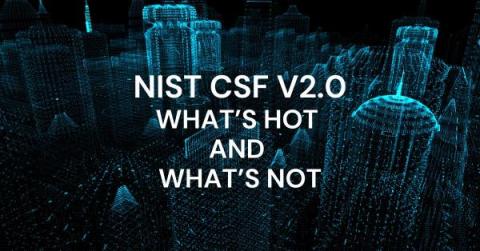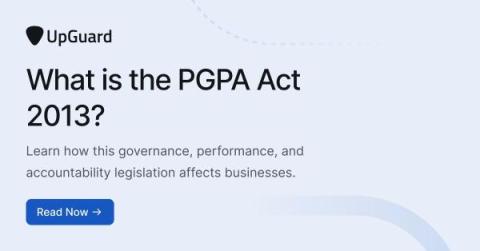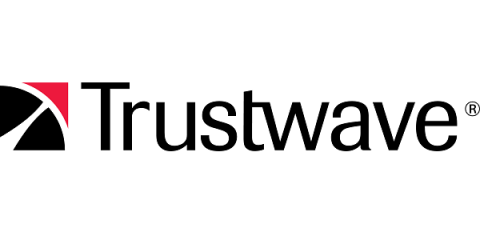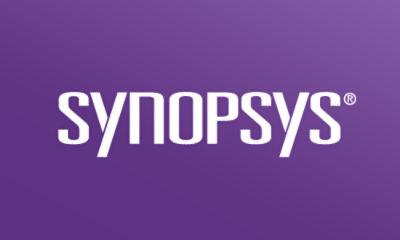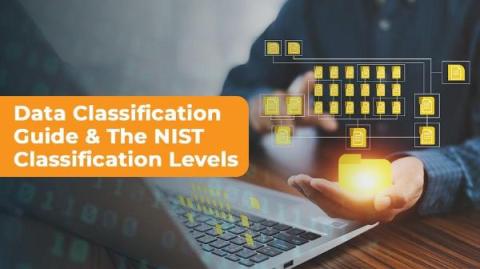Monitor your secure workloads on Kata Containers with Datadog
Kata Containers is an open source project that seeks to enhance security for containers by isolating them in lightweight VMs. Each Kata Container runs with the speed and flexibility of standard containers, and it easily integrates with common container management software—including Docker and Kubernetes.



